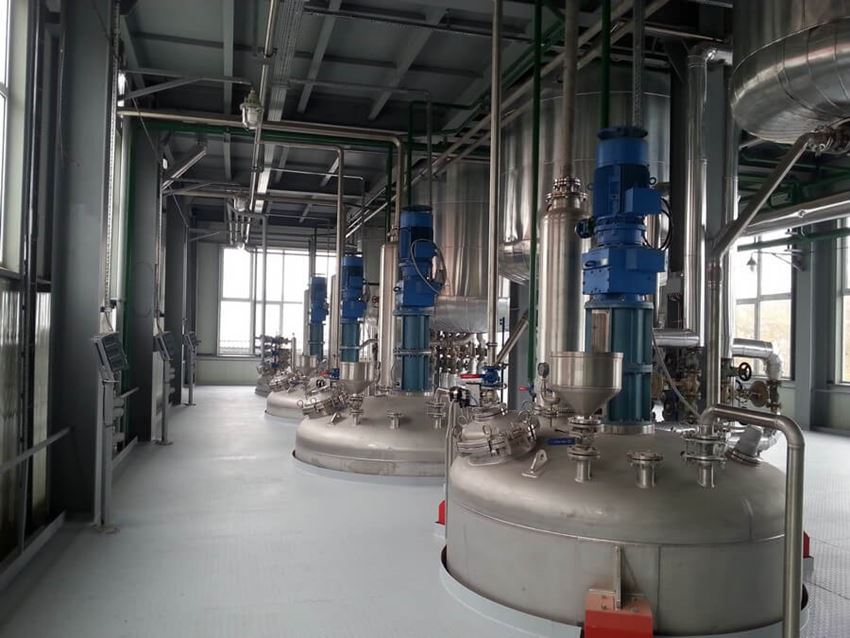PVC Composite Preparation Plants
What is PVC?
PVC, commonly referred to as "vinyl", is an abbreviated form of the word (Poly Vinyl Chloride) and is a type of polymer - formula (CH2-CH2) produced from petroleum (or natural gas) and salt in petrochemical plants. This polymer, after blending with various additives, is formed into plastic by using it at high temperatures and used. PVC is one of the rare thermoplastics carrying chlorine autom in the polymer chain. Due to the fact that it contains chlorine, the flammability temperature of PVC is high. PVC decomposes thermally easily at very high temperatures and emits hydrochloric acid, a corrosive gas. PVC can be mixed with a larger amount and variety of additives compared to other polymers. Therefore, the cost of PVC plastic material is relatively low; provides general and multi-purpose use. PVC is the most used polymer type following Polyethylene.
WHERE IS PVC USED?
PVC was synthesized for the first time in the 1920s, but it started to be used after the 1930s and its use is especially in the II. It increased during the World War II; In the last 20-30 years, it has been one of the most widely used polymer types.
PVC, from the construction sector (as window profile, door, shutter, irrigation and waste water pipes, wall-floor and roofing material) to the packaging-packaging industry (in the production of bi-oriente thin shrink film, cork, cork, bottle and bag) from various applications (blood bag, serum tube, surgical glove and heart catheter)
electrical-electronic material production (high volt insulator, as optical fiber cover envelope), from the use in the automotive field (as glass wick / wiper system, upholstery, mat) to the production of various other consumer goods (toys, various sports materials, linoleum, artificial leather and shoes, and even the production of credit cards) are used extensively in almost every area of our lives.
 English
English